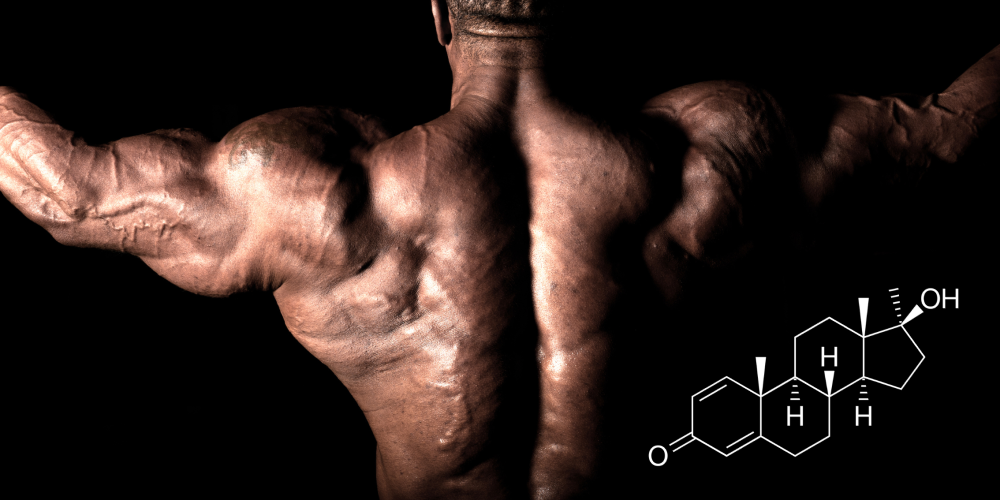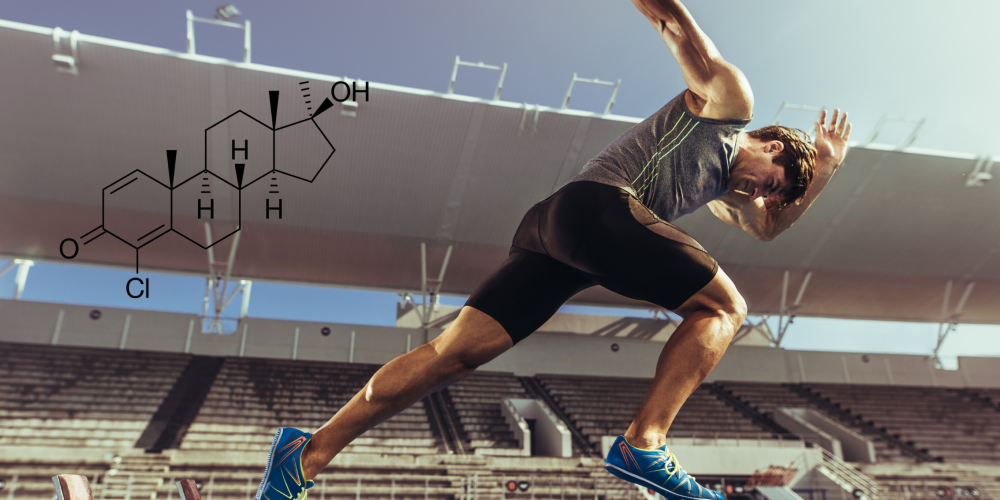Understanding Maximum Recoverable Volume (MRV)
In bodybuilding, making the most out of your training protocols is crucial for maximizing muscle growth and achieving peak performance. One concept that has gained significant traction among athletes and coaches and is extremely important to do just that is Maximum Recoverable Volume (MRV). MRV refers to the highest volume of training that an individual can recover from and still make progress. Understanding and applying MRV can be the key to designing effective training programs that push the limits of muscle hypertrophy while avoiding overtraining.
In simple terms, MRV is a personalized threshold that represents the maximum amount of work (measured in sets, reps, and/or intensity) that somebody can perform in a given period, typically a week, while still being able to recover fully and adapt positively. Going beyond MRV can lead to overtraining, a state characterized by grueling fatigue, stagnant or even decreased performance, and increased risk of injury.
The concept of MRV is rooted in the principle of progressive overload, which states that muscles must be continually challenged with increasing workloads to grow. However, there is a limit to how much training volume the body and individual muscles can handle before the benefits are outweighed by the inability to recover (systemic and local fatigue, respectively). Thus, identifying and staying below MRV is essential for sustainable progress.
Several factors influence an individual’s MRV, making it a dynamic and highly personalized measure
Training experience
Beginners typically have a lower MRV because their bodies are not yet accustomed to high training volumes. Advanced athletes, with more years of training under their belts, usually have a higher MRV due to their enhanced recovery capabilities and conditioning;
Age
Younger athletes generally have a higher MRV due to better recovery abilities. As athletes age, recovery tends to slow down, reducing MRV;
Hormonal environment
Hormone levels, either endogenous or exogenous, play a major role in recovery speed and quality and, consequently, in MRV. Higher hormone levels typically mean a higher ability to recover from workouts and thus a higher MRV;
Nutrition
Adequate intake of macronutrients, particularly protein, and overall caloric intake significantly impacts recovery and thus MRV. Proper nutrition supports muscle repair and growth, enhancing an individual’s capacity to handle higher training volumes.
Sleep and stress
Quality sleep and low stress levels are critical for recovery. Insufficient sleep and high stress can lower MRV by lowering the body’s ability to repair muscle tissue and recover from workouts.
Genetics
Genetic predispositions play a role in determining how quickly and effectively one can recover from intense training. Some individuals naturally have higher recovery capacities, allowing them to withstand higher training volumes.
Specificity
Different muscle groups and types of training (e.g., strength vs. hypertrophy) have varying recovery demands. Compound multi-joint movements and heavy lifting typically require more recovery than isolation exercises and lighter weights due to their increased central nervous system fatigue factor.
Systematic approach with a decent chance of success
Assess baseline volume
Start with a moderate training volume and monitor how the body responds. This includes tracking progress in load, muscle growth, fatigue, and overall recovery.
Gradually increase volume
Incrementally increase training volume over several weeks, paying close attention to performance and recovery markers. If performance improves and recovery is adequate, the volume can still be increased.
Monitor signs of overtraining
Be on the lookout for signs of overtraining, such as persistent fatigue, decreased performance, mood disturbances, and prolonged muscle soreness. These indicators suggest that training volume may be exceeding MRV.
Adjust
Use feedback from training logs and personal observations to adjust volume. If recovery is compromised, reduce the volume slightly (a couple of sets per body part per week) until balance is restored.
Periodize
Incorporate deload weeks (periods of reduced training volume) to allow full recovery and prevent overtraining. Periodization helps in managing MRV over longer training cycles.
In conclusion, Maximum Recoverable Volume (MRV) is a crucial concept for anyone trying to optimize their training for muscle growth and performance. By understanding and respecting their MRV, people can push their limits safely, ensuring consistent progress while minimizing the risk of overtraining. The dynamic nature of MRV, influenced by factors such as training experience, age, hormones, nutrition, sleep, and genetics, really shows the value of personalized training programs. By periodically assessing and adjusting training volume, anyone can have closer to the full potential of their training efforts (of course, other variables matter, but training volume is one of the most important) and achieve their fitness goals faster and more effectively.









